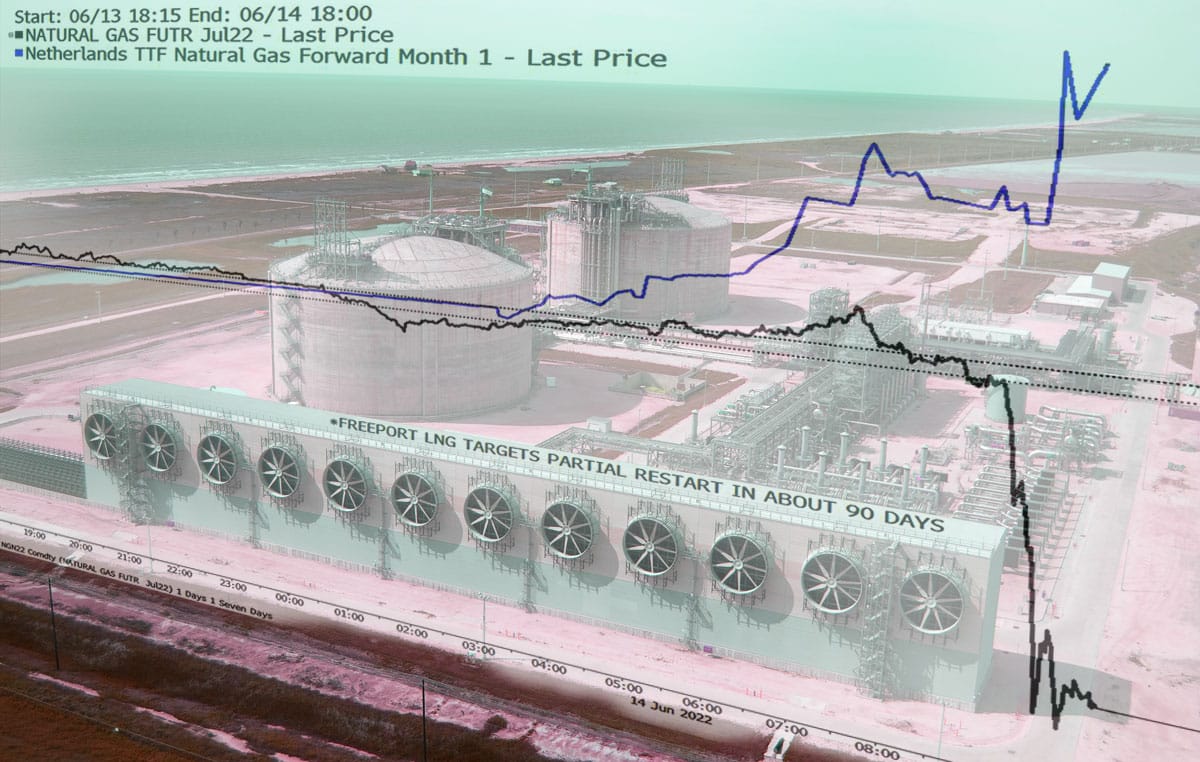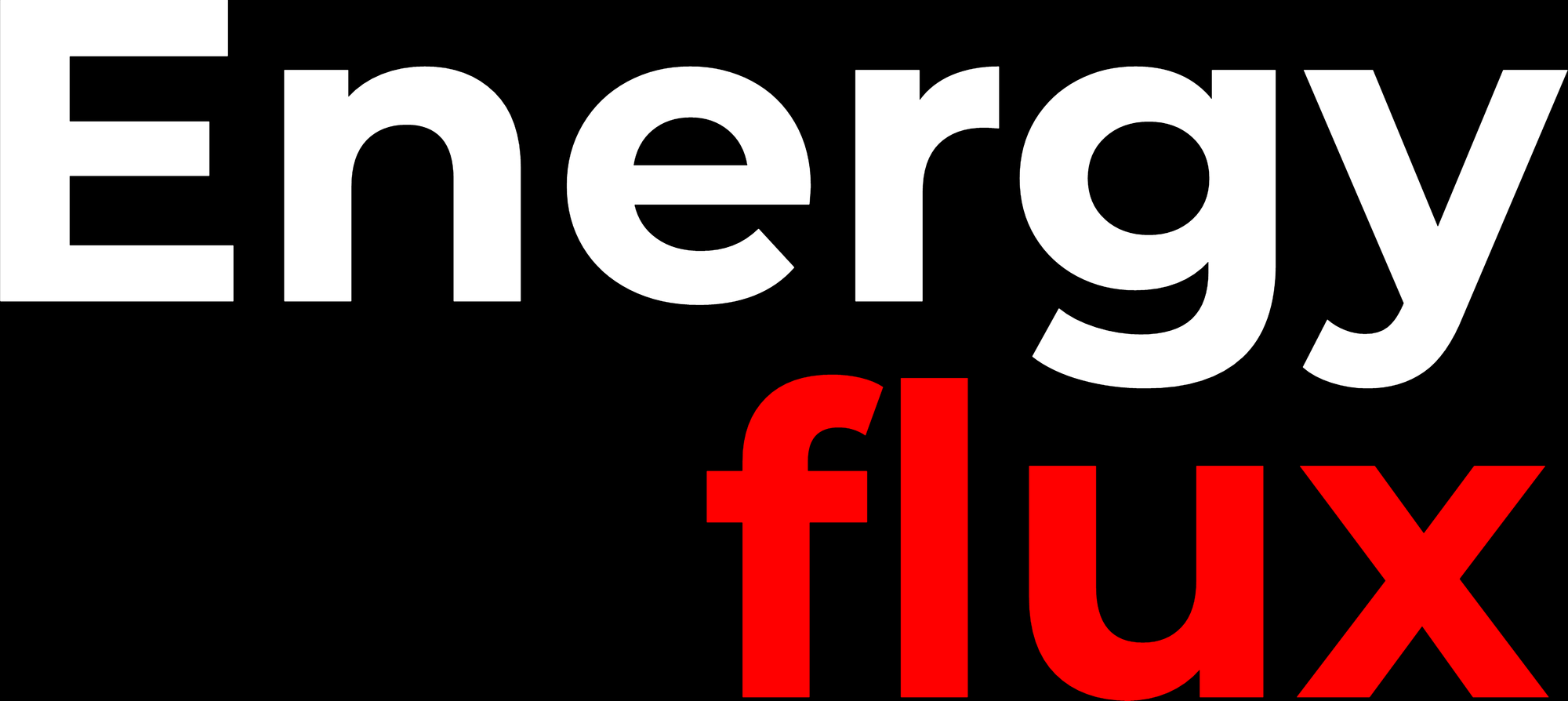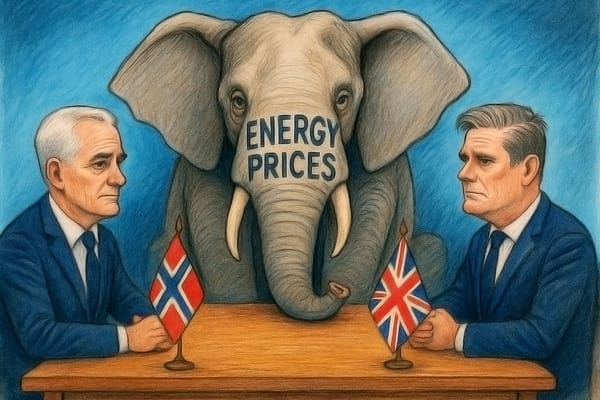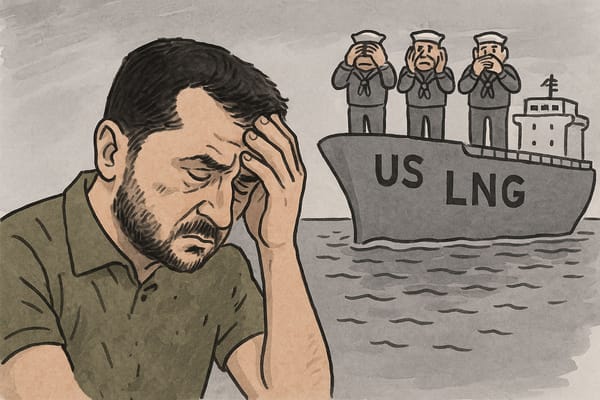US LNG is becoming a zero-sum game
More American gas in Europe means more price pain for American consumers — and vice-versa


Member discussion: US LNG is becoming a zero-sum game
Read what members are saying. Subscribe to join the conversation.





